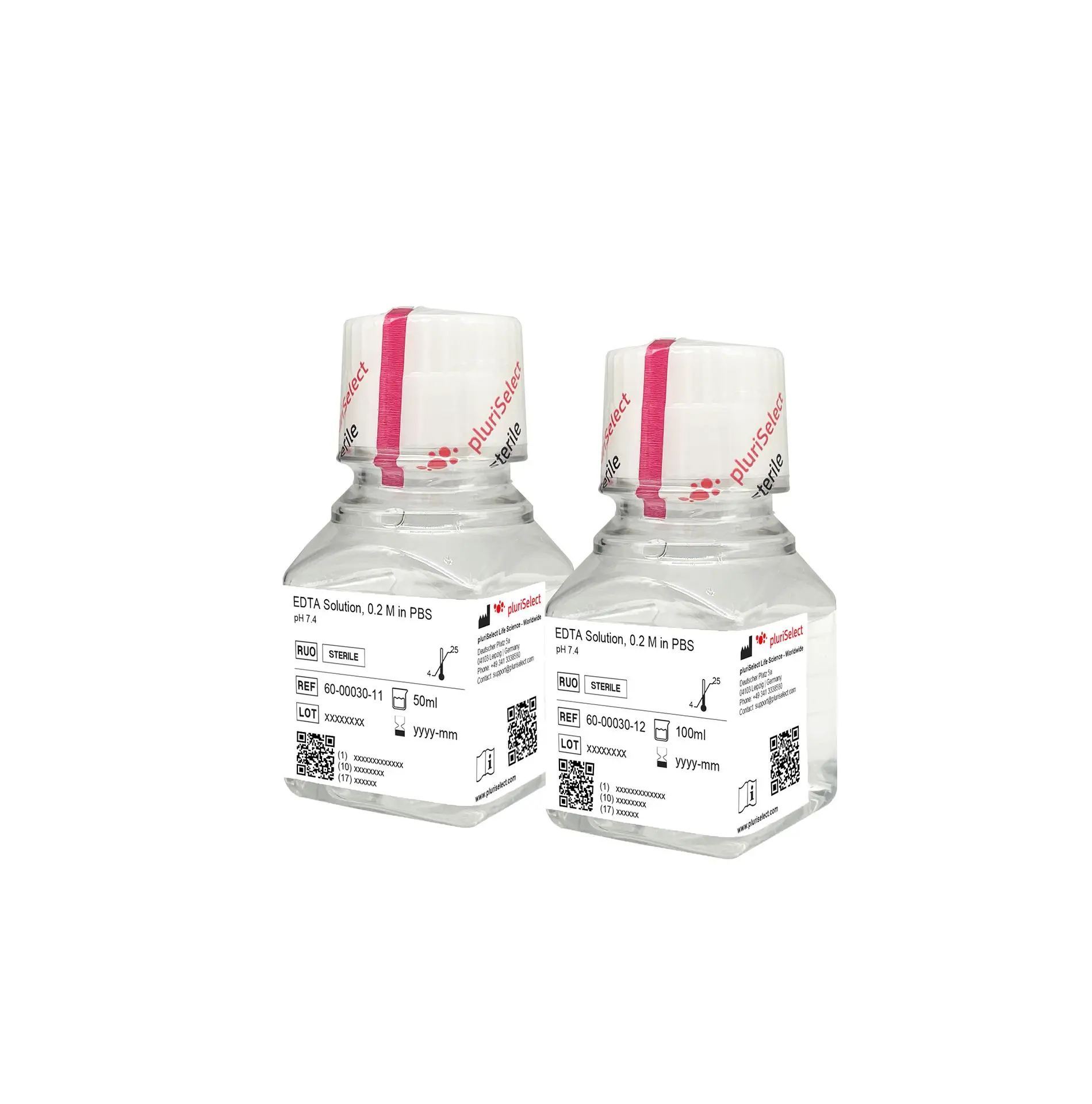Blood that is collected unfiltered from a donor's vein in a designated container is referred to as whole blood. Whole blood therefore includes all physiologically occurring blood components, such as cells, proteins and all soluble components. Depending on body size, the blood volume of an adult is around 4-6 liters.
Main components of whole blood
Blood consists of approx. 55 - 60 % plasma and 40 - 45 % cellular components. The plasma is mainly made up of water (approx. 90 %), proteins (such as albumin, coagulation factors and immunoglobulins) as well as electrolytes, nutrients and metabolic waste products. The cellular components include Erythrocytes (red blood cells), Leukocytes (white blood cells) und Thrombocytes (blood platelets).
The blood transports oxygen and carbon dioxide, nutrients, waste products, heat and various active substances (e.g. the body's own cytokines and ingested pharmaceuticals) through the body via an extensive network of arterial and venous vessels.
The formation of blood cells (hematopoiesis) takes place in the bone marrow from multipotent hematopoietic stem cells (HSCs). These differentiate into various precursor cells, which mature into the three main groups: erythropoiesis (formation of the Erythrocytes), leukopoiesis (formation of the Leukozyten) and thrombopoiesis (formation of the Thrombocytes).
Whole blood and cell separation
The isolation of cells or cell components from whole blood is a key step in research and diagnostics. In order to specifically investigate the function of certain cells or carry out molecular analyses, these cell types must first be pure and separate. In this way, interference from other blood components can be avoided, experiments become more reproducible and results more meaningful. At the same time, isolation is crucial for therapeutic applications, for example in cell therapy or immunomodulation, where highly pure cell populations are required. In our article "Cell separation and cell separation methods", the most important techniques for the isolation of cells and cell populations are clearly summarized A critical factor in the isolation of cells from blood is the efficient inhibition of coagulation.
Whole blood and anticoagulation
In order to identify specific cells or cell populations, such as PBMC.In order to be able to isolate blood directly from whole blood, it is essential to mix the blood sample with anticoagulants. Without anticoagulants (especially plasmatic anticoagulants), the blood would clot and a clean separation of the cell components would not be possible. Depending on the analysis, different anticoagulants are used to preserve the cell morphology, coagulability or chemical composition of the blood.
Anticoagulation describes the inhibition of blood clotting through the administration or addition of anticoagulant substances. In connection with the collection of whole blood, this means that the blood is stabilized during or immediately after collection by mixing it with anticoagulants. This prevents coagulation and makes the blood stable for further processing. The most important anticoagulants can be divided into three main groups:
1. plasma anticoagulants for blood samples and transfusions
2. direct and indirect inhibitors of blood coagulation (systemic anticoagulants)
3. platelet aggregation inhibitors (indirect anticoagulants)
Systemic anticoagulants as well as platelet aggregation inhibitors are used as drugs, act in the body (in vivo) and are not suitable for cell separation.
Whole blood and plasma anticoagulants
Plasmatic anticoagulants are mainly used for blood sampling and blood conservation. They prevent the coagulation of blood outside the body (in vitro) by binding or inactivating coagulation factors or calcium (essential for blood coagulation).
The most important plasmatic anticoagulants are EDTA (ethylene-diamine-tetraacetic acid) citrate (e.g. sodium citrate) and heparin.

EDTA solution, 0.2 M in PBS
Sterile solution (chelating agent) to prevent the aggregation of thrombocytes
Conclusion
Blood is an indispensable research medium as it contains numerous cellular and soluble components that provide insights into physiological processes, disease mechanisms and therapeutic approaches. However, careful sample preparation and the use of professional products for cell enrichment are crucial for meaningful results in order to make blood optimally usable for research and diagnostics.